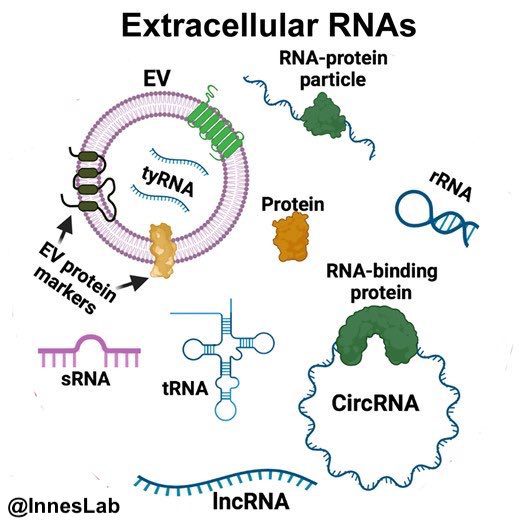Research Collaboration Will Investigate How RNA Contributes to Plant Immune Systems
ST. LOUIS, MO, March 3, 2022 – Although RNA is usually thought of as a molecule that can direct cells to synthesize specific proteins (e.g., the mRNA in COVID vaccines directs our cells to make SARS-CoV2 spike protein), some RNAs serve other functions. A collaborative research project led by Blake Meyers, PhD, member, Donald Danforth Plant Science Center and professor, Division of Plant Sciences, University of Missouri-Columbia, and Patricia Baldrich, PhD, research scientist, Danforth Center, and Roger Innes, PhD, professor of biology at Indiana University will build on previous research to explore how plants secrete RNA and how does it help protect plants from infections caused by fungi and bacteria.
The Innes and Meyers laboratories recently discovered that the leaves of plants accumulate long non-coding RNAs, circular RNAs, and small RNAs in the spaces between cells and on their surfaces. These RNAs are bound to protein particles, which protects them against degradation. Notably, this extracellular RNA (exRNA) is highly enriched in the post-transcriptional modification N6-methlyadenine (m6A). The researchers speculate that this modification might be required for secretion of RNA. Analysis of the base sequences of plant extracellular RNAs revealed that these RNAs are diverse in sequence, but do not appear to encode proteins. Many of these RNAs have a circular structure, which is unusual and was unanticipated. The discoveries have been described in a newly published paper in the scientific journal The Plant Cell.

Arabidopsis apoplastic fluid contains sRNA- and circular RNA–protein complexes that are located outside extracellular vesicle
The discovery of extracellular non-coding RNA in plants raises fundamental questions that the collaborative research project will address: Why do plants produce exRNAs? Do they play a fundamental role in plant-microbe interactions? How do plants secrete RNA? What is the function of this RNA? Are there specific exRNAs that are broadly conserved across plant species? How are exRNAs secreted, and are post-transcriptional modifications central to this process?
“It takes a large amount of energy for cells to secrete RNA, thus this secreted RNA must benefit the plant in some way,” said Meyers. “If our hypothesis is correct, this research will enable generation of crop plants with improved immune systems that are more resistant to disease. Such crops are needed to feed a growing global population in a sustainable manner, while reducing the environmental impacts of agriculture,” he added.
The project is funded by a $2.3 million grant from the National Science Foundation and will support work by the three investigators to address these questions and characterize the roles that these exRNAs play in plant biology and the interaction with other organisms in the environment.
About the Donald Danforth Plant Science Center
Founded in 1998, the Donald Danforth Plant Science Center is a not-for-profit research institute with a mission to improve the human condition through plant science. Research, education, and outreach aim to have impact at the nexus of food security and the environment and position the St. Louis region as a world center for plant science. The Center’s work is funded through competitive grants from many sources, including the National Science Foundation, National Institutes of Health, U.S. Department of Energy, U.S. Agency for International Development, U.S. Department of Agriculture and the Bill & Melinda Gates Foundation. Follow us on Twitter at @DanforthCenter.
For more information contact:
Karla Roeber, Vice President, Public and Government Affairs, kroeber@danforthcenter.org, +1 314.406.4287